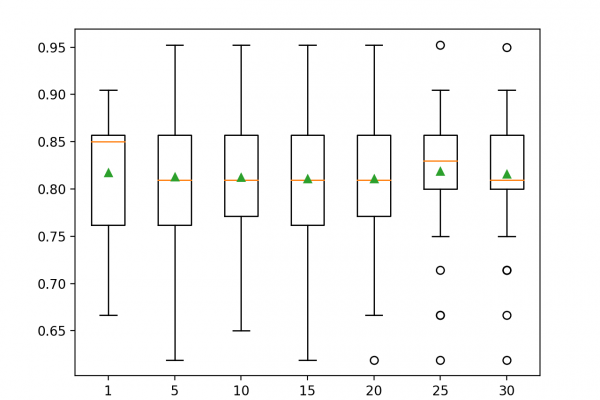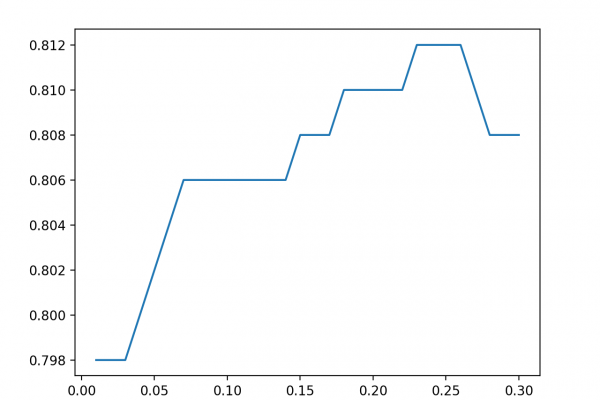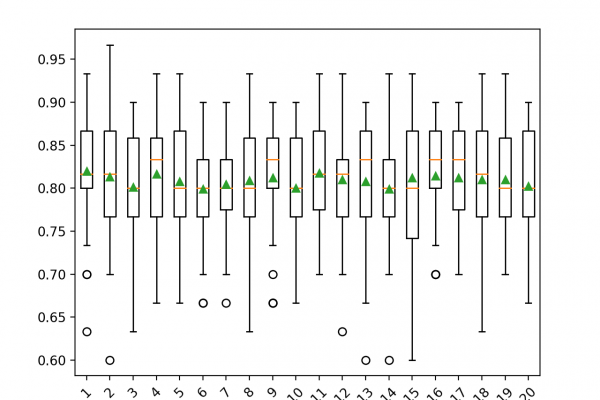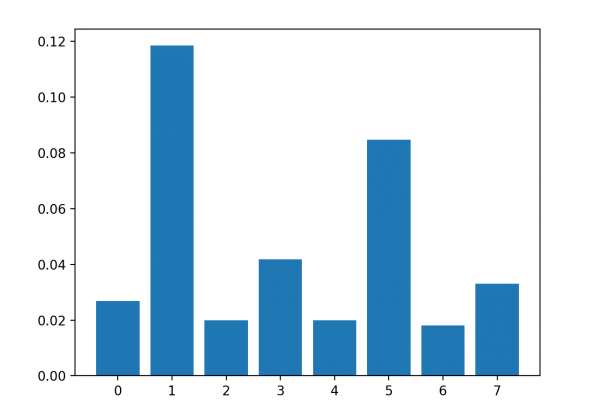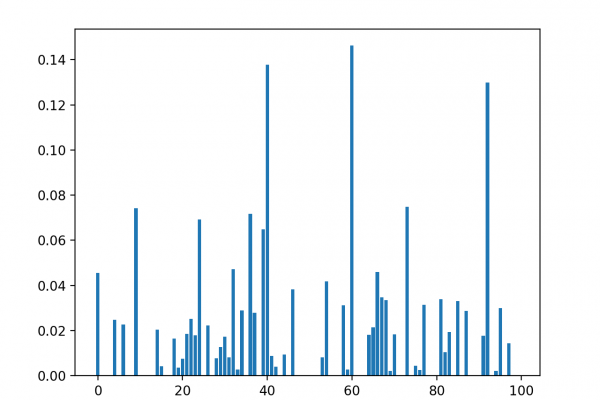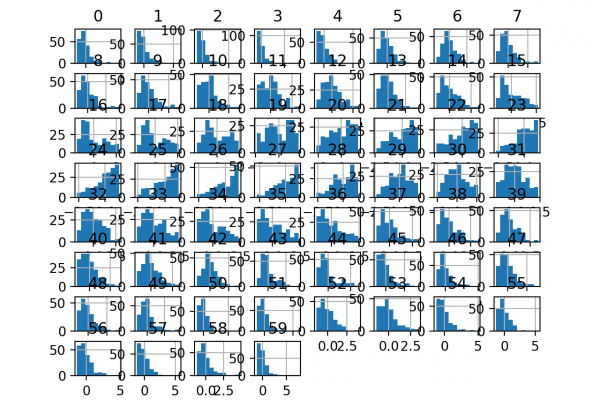How to Scale Data With Outliers for Machine Learning
Last Updated on August 28, 2020 Many machine learning algorithms perform better when numerical input variables are scaled to a standard range. This includes algorithms that use a weighted sum of the input, like linear regression, and algorithms that use distance measures, like k-nearest neighbors. Standardizing is a popular scaling technique that subtracts the mean from values and divides by the standard deviation, transforming the probability distribution for an input variable to a standard Gaussian (zero mean and unit variance). […]
Read more